Tools
Tools to work with in creating and shaping your trees


It can be a complicated, potential minefield deciding initially what you need and just desirable luxuries. If you have a great deal of money and feel the need to have ‘absolutely’ the best then there is plenty out there for you to spend your money on. It will not improve your skill in creating bonsai, but if you feel that way, it may make you feel better. You can buy a whole case of stainless steel bonsai tools; they look and are almost works of art in themselves; however your bonsai will not know the difference and your skills will only be the same.

| 1 – 3 | Fine scissors, heavy duty scissors and leaf scissors |
| 4 | Pliers |
| 5, 6 | Small and large branch cutters |
| 7, 8 | Small and large concave cutters |
| 9, 10 | Small and large wire cutters |
| 11 | Branch splitters |
| 12 | Rake /spatula |
First Set Of Essential Tools
You will create equally good bonsai with just 4 or 5 basic steel tools. They may need cleaning and sharpening more often but in other aspects they are basically the same.
Wire cutters – obviously to cut bonsai wire; domestic wire cutters or pliers do not get in close enough when removing tight wire from tree branches.
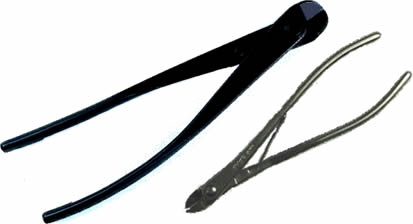
Branch cutters - and if you can afford it, concave branch cutters – the concave branch cutters help reduce scarring.
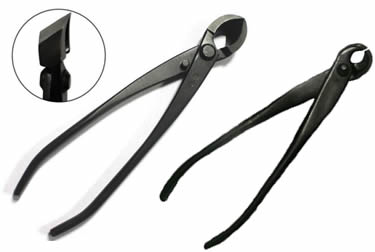
Scissors – maybe 2 sizes, possibly with different blade sizes.
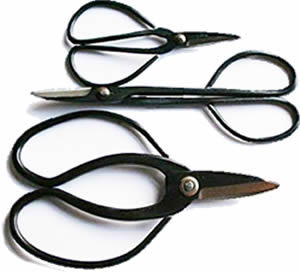
Tweezers - there are various designs and are used for weeding and removing dead foliage.
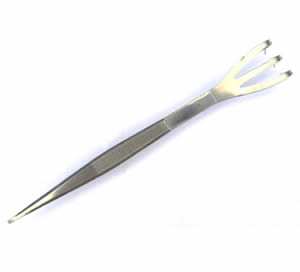
Pliers – to hold wire and branches in place when wiring and shaping. Domestic pliers have a totally different gripping end. You could ‘make do’ to start with.
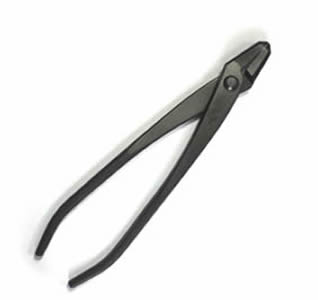
Turntable - useful but not essential. Sizes, costs and levels of sophistication vary enormously.
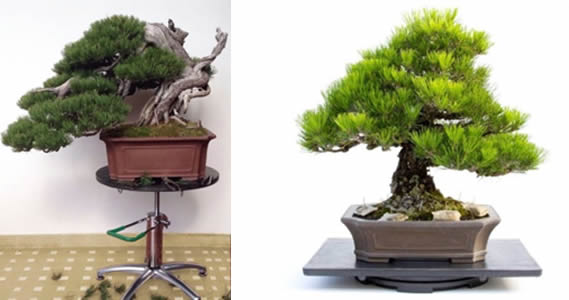
Sieves – to grade the soil mixes according to the grade of the constituents you require.
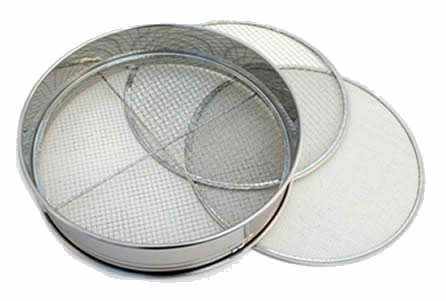
Watering can - with a fine rose to spray your trees
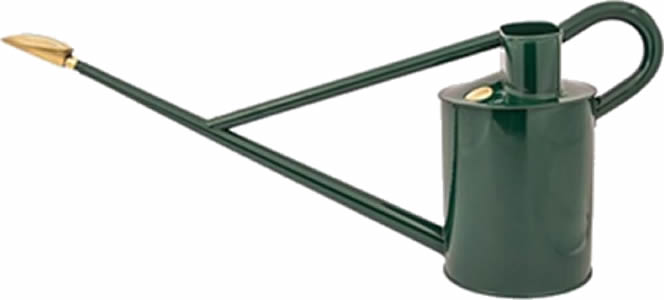
One of the biggest expenditures when starting bonsai will be your tools, so buy wisely. A complete set of shiny bonsai tools in a handsome leather holder is very desirable but not essential. You will rarely if ever use some of these bonsai tools in your kit?
For a small tree you can get away with only one pair of scissors for the first few years of cultivation. These scissors will be used to trim individual leaves, or to trim branches and twigs that are smaller than the thickness of a pencil.
If you are growing trees with branches slightly larger than a pencil, the trimming shears will not get the job done. They’re made for cutting smaller, thinner branches and twigs. You need to graduate up to branch cutters that are either straight and/or concave. The concave cutter is used to remove branches flush against the trunk without leaving an unsightly stub. A clean and flush cut is necessary when you are removing branches while styling your bonsai tree.
The cut should heal in a way that doesn’t leave a stump or very noticeable scar. The concave cutter tool is designed with this in mind. The straight cutters are used to shorten or reduce branches.
As you become more involved in bonsai, you will want to get into styling your tree. Bonsai styling involves more than just cutting off branches. You will need to learn proper bonsai wiring techniques and how to bend and curves branches and trunks. To do this you will need a good pair of bonsai wire cutters. These cutters are used to clip off the wire around branches and trunks with little damage to the bark. If you attempt to twist off all the wiring of your tree, you could end up with broken or split branches. Don’t use the tips of your bonsai shears or concave cutters to trim wires because the tips may break.

Further down the line as you become more ambitious and your needs become more complex you may then require:
Foldable pruning saw
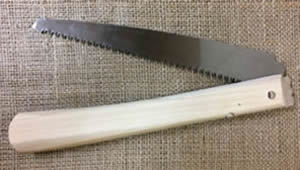
Grafting knife with wooden sheath
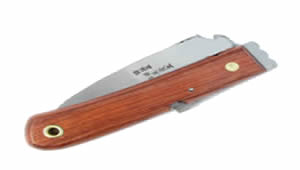
Root rake
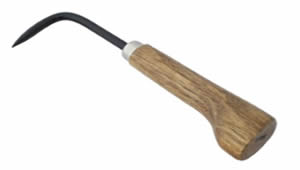
Branch splitter or cutter
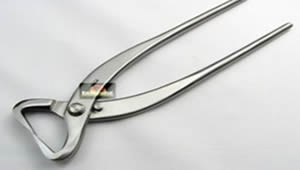
Raffia
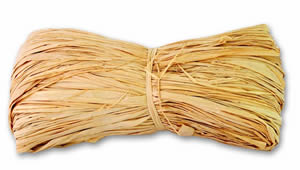
Fusing rubber tape
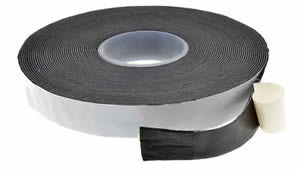
Plastic gauze
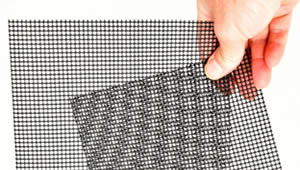
Branch/trunk bending lever
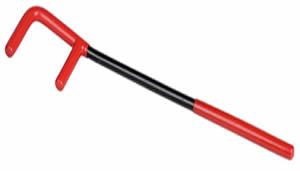
Screw clamp for holding branches into position when wired and bent
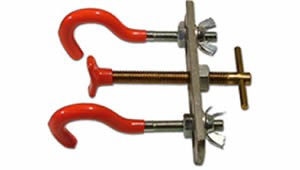
Rust eraser (dark grey) and grindstone for keeping tools sharp
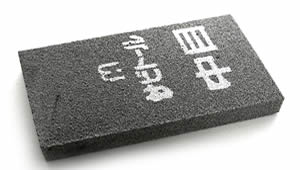
Oil for tools and making pots look clean and showable

In hard water areas lime-scale remover is needed to prevent shabby pots
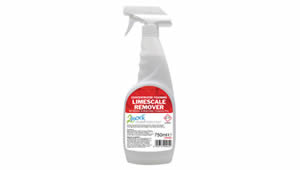
Brass or steel brush to clean trunks of unwanted moss and lichens
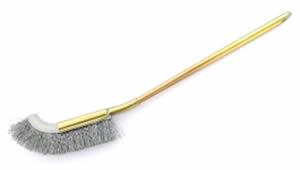
Tooth brush with soapy water to clean smaller branches
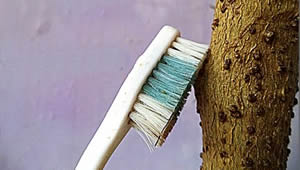
Coco bristle brush to clean surface of the soil
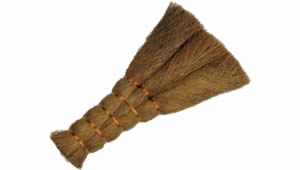
Cut paste for sealing trunks and branches after removal
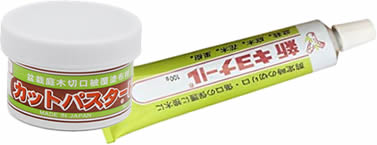
Web design: nysys